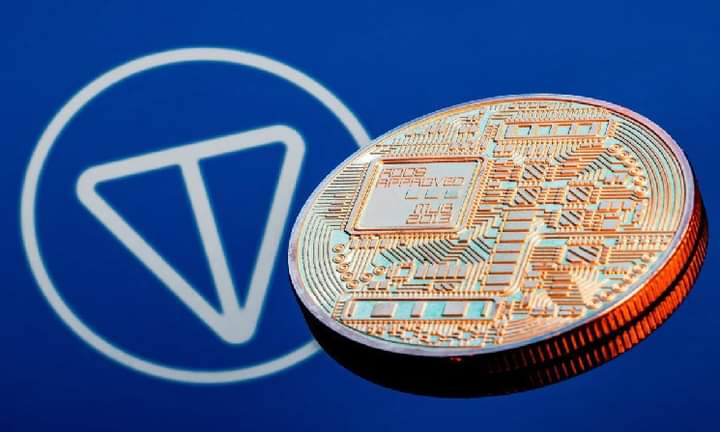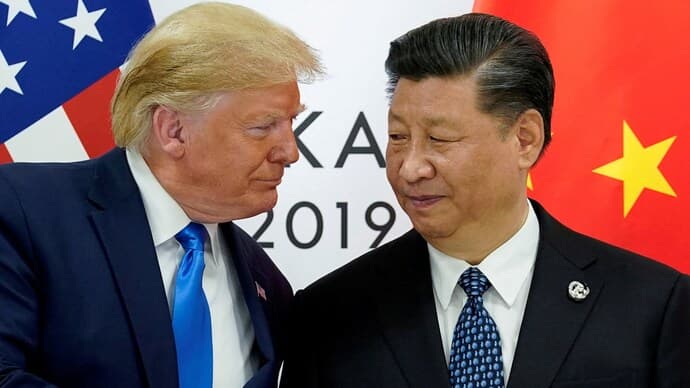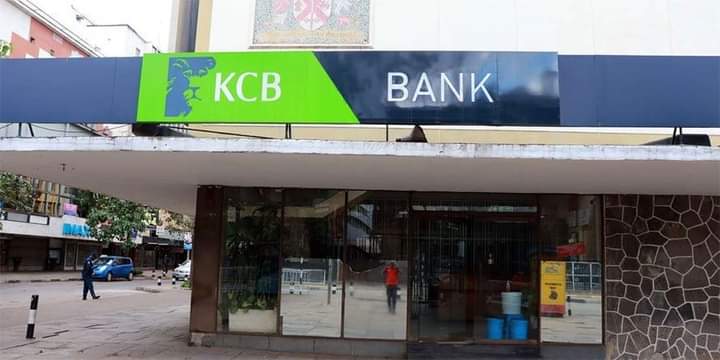Telegram reported an outstanding $525 million in revenue for the first six months of the year.
Half of the profit from the positive report was credited to Toncoin. This marked a remarkable 190% increase compared to the same period in 2023.
Toncoin was initially developed internally by the team at Telegram. However, it is now being advanced by an open-source community. This followed because of the project’s legal issues with the US Securities and Exchange Commission (SEC) in 2020.
According to the agreement, the telecom industry “received remuneration” for allowing Toncoin to serve as the exclusive payment method for small businesses looking to purchase advertising on the platform.
The social media entity reported huge gains in the value of its digital assets in the first half of 2024, which rose to $1.3B compared with nearly $400M at the end of last year.







